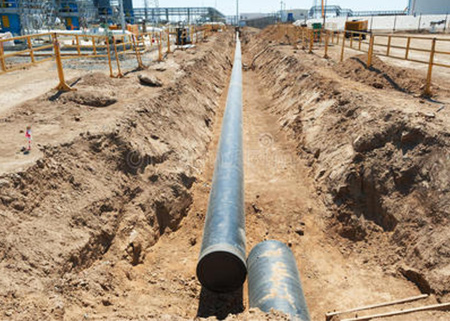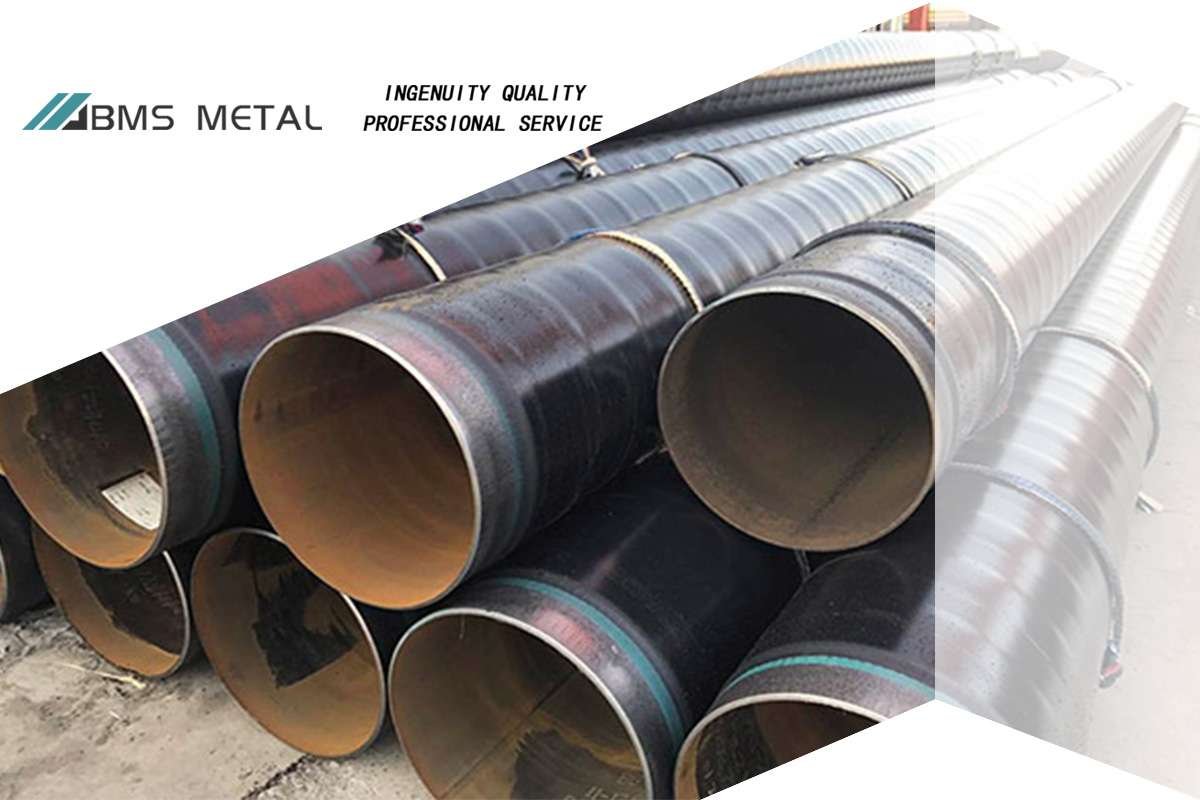Material Characteristics of Stainless Steel Pipes
Stainless steel pipes are prized for their exceptional corrosion resistance, achieved through the addition of chromium. This creates a protective oxide layer, enhancing durability in harsh environments. They also offer excellent high-temperature resistance, maintaining integrity under extreme conditions. Elements like nickel and molybdenum further boost strength and resistance to pitting and crevice corrosion. These features ensure stainless steel pipes are reliable and low-maintenance, making them ideal for demanding applications.
Corrosion Resistance of Stainless Steel

Stainless steel pipes are manufactured using high-quality stainless steel materials and exhibit outstanding corrosion resistance. According to national standards, such as GB/T 14976, stainless steel pipes must meet specific corrosion resistance requirements, capable of withstanding corrosion in various environmental conditions, including humidity and soil acidity in underground environments.
Strength and Pressure Resistance of Stainless Steel
Stainless steel pipes possess excellent strength and pressure resistance, able to withstand pressure and external forces in underground environments. According to national standards, such as GB/T 12771, stainless steel pipes must meet certain requirements for strength and pressure resistance to ensure their safety and reliability in underground applications.
Advantages of Stainless Steel Pipes
Long-Term Service Life and Durability
Stainless steel pipes have exceptional durability and a long service life. According to national standards, such as GB/T 19228, stainless steel pipes must meet specific design life requirements, capable of long-term stable operation in underground environments, reducing the frequency of replacement and maintenance, and lowering maintenance costs.
Corrosion and Pollution Resistance
Stainless steel pipes exhibit good corrosion and pollution resistance, effectively resisting the erosion of chemicals and pollutants in underground environments. According to national standards, such as GB/T 19228, stainless steel pipes must meet specific requirements for corrosion resistance to ensure their stability and reliability in underground applications.
In summary, stainless steel pipes have excellent characteristics and advantages for underground applications. National standards specify requirements for corrosion resistance, strength and pressure resistance, long-term service life, corrosion resistance, and pollution resistance, ensuring their reliability and safety in underground environments. In the steel industry, stainless steel pipes have been widely used for underground applications, achieving good results in domestic and international engineering projects.
Here are some national standards related to the underground application of stainless steel pipes:
GB/T 14976: Stainless Steel Seamless Steel Tubes
GB/T 12771: Stainless Steel Welded Steel Tubes
GB/T19228: Stainless Steel Pipe Design Specification
These standards detail the material requirements, size specifications, corrosion resistance performance, strength and pressure resistance, design life, and other requirements for stainless steel pipes in underground applications, providing a reliable basis for the underground application of stainless steel pipes. In practical engineering, stainless steel pipes that comply with national standards should be selected based on specific underground environmental conditions and engineering requirements, and installation and maintenance should be carried out according to the standard requirements to ensure safety and reliability in underground applications.
Influence of Underground Environment on Stainless Steel Pipes
The influence of the underground environment on stainless steel pipes is an important consideration. In underground environments, stainless steel pipes may be affected by various factors such as groundwater levels, soil conditions, chemicals, and oxidation.
Characteristics and Challenges of the Underground Environment
Groundwater Levels and Soil Conditions
Groundwater levels and soil conditions are two important factors in the underground environment. The height of the groundwater table directly affects the water pressure on the pipes and the degree of corrosion. Different soil conditions also affect the stability and durability of the pipes.
Chemicals and Oxidation in the Underground Environment
The underground environment contains various chemicals such as salts, acids, and alkalis, which may corrode stainless steel pipes. In addition, the oxidation in the underground environment also affects the service life of stainless steel pipes.
Adaptability and Durability of Stainless Steel Pipes
Anti-Corrosion Measures and Protective Coatings for Stainless Steel Pipes
To enhance the durability of stainless steel pipes in the underground environment, a series of anti-corrosion measures can be taken. For example, a layer of anti-corrosion coating can be applied to the pipe surface to prevent chemical erosion. In addition, methods like electroplating and hot-dip galvanizing can be employed to enhance the corrosion resistance of the pipes.
Application Cases of Stainless Steel Pipes in the Underground Environment
Stainless steel pipes are widely used in the underground environment. For example, in water supply systems, stainless steel pipes can be used to transport drinking water, ensuring the safety of water quality due to their corrosion resistance. Moreover, in sewage treatment systems, stainless steel pipes can be used to transport sewage, effectively extending the service life of the pipes due to their corrosion resistance.
In conclusion, the influence of the underground environment on stainless steel pipes is a complex issue. When designing and using stainless steel pipes, factors such as groundwater levels, soil conditions, chemicals, and oxidation must be considered, and corresponding anti-corrosion measures and protective coatings should be implemented to improve the adaptability and durability of the pipes. Application cases of stainless steel pipes in the underground environment demonstrate their feasibility and advantages in underground applications.
Limitations and Considerations for the Underground Application of Stainless Steel Pipes
Considerations for Temperature and Pressure
Temperature Variations in the Underground Environment
In the underground environment, temperature is influenced by factors such as groundwater levels, soil types, and seasonal changes. Stainless steel pipes need to be able to adapt to these temperature variations to ensure their performance and stability. According to national standards, material selection and design of stainless steel pipes should take into account the temperature range in the underground environment.
Pressure Requirements for Underground Pipes

The pressure requirements for underground pipes depend on the nature of the conveyed medium and usage requirements. According to national standards, the design and installation of stainless steel pipes should meet the corresponding pressure grade requirements to ensure their safe operation in the underground environment.
Requirements for Installation and Maintenance
Construction and Installation Techniques for Underground Pipes
Construction and installation techniques for underground pipes are crucial for the underground application of stainless steel pipes. According to national standards, the construction and installation of stainless steel pipes should comply with relevant specifications and requirements, including the burial depth of pipes, support and fixation methods, and connection methods. In addition, attention should be paid to the crossing and conflict issues with other underground facilities to ensure construction quality and safety.
Regular Inspection and Maintenance Measures for Underground Pipes
Regular inspection and maintenance of underground pipes are essential to ensure their normal operation and extend their service life. According to national standards, the regular inspection of stainless steel pipes should include the detection of corrosion, wear, leaks, and other conditions on the pipe surface, and timely implementation of maintenance and repair measures. In addition, regular cleaning of sediment and impurities inside the pipes is required to ensure pipe flow and operational efficiency.”
